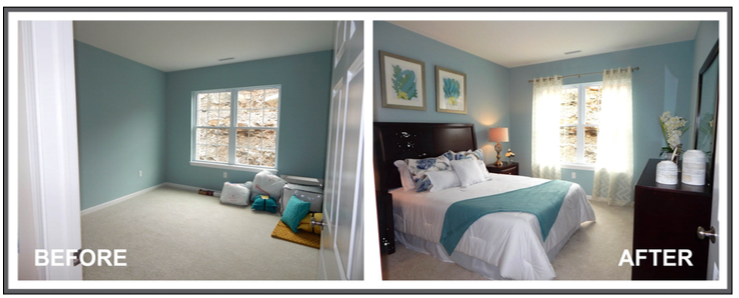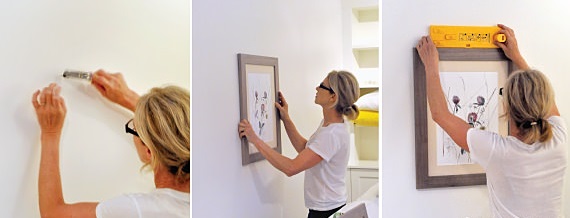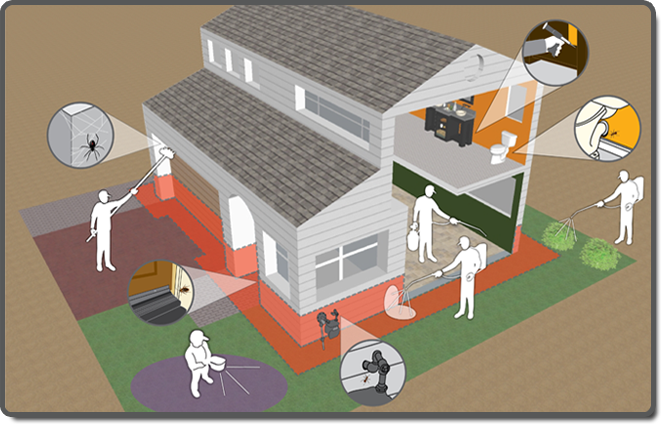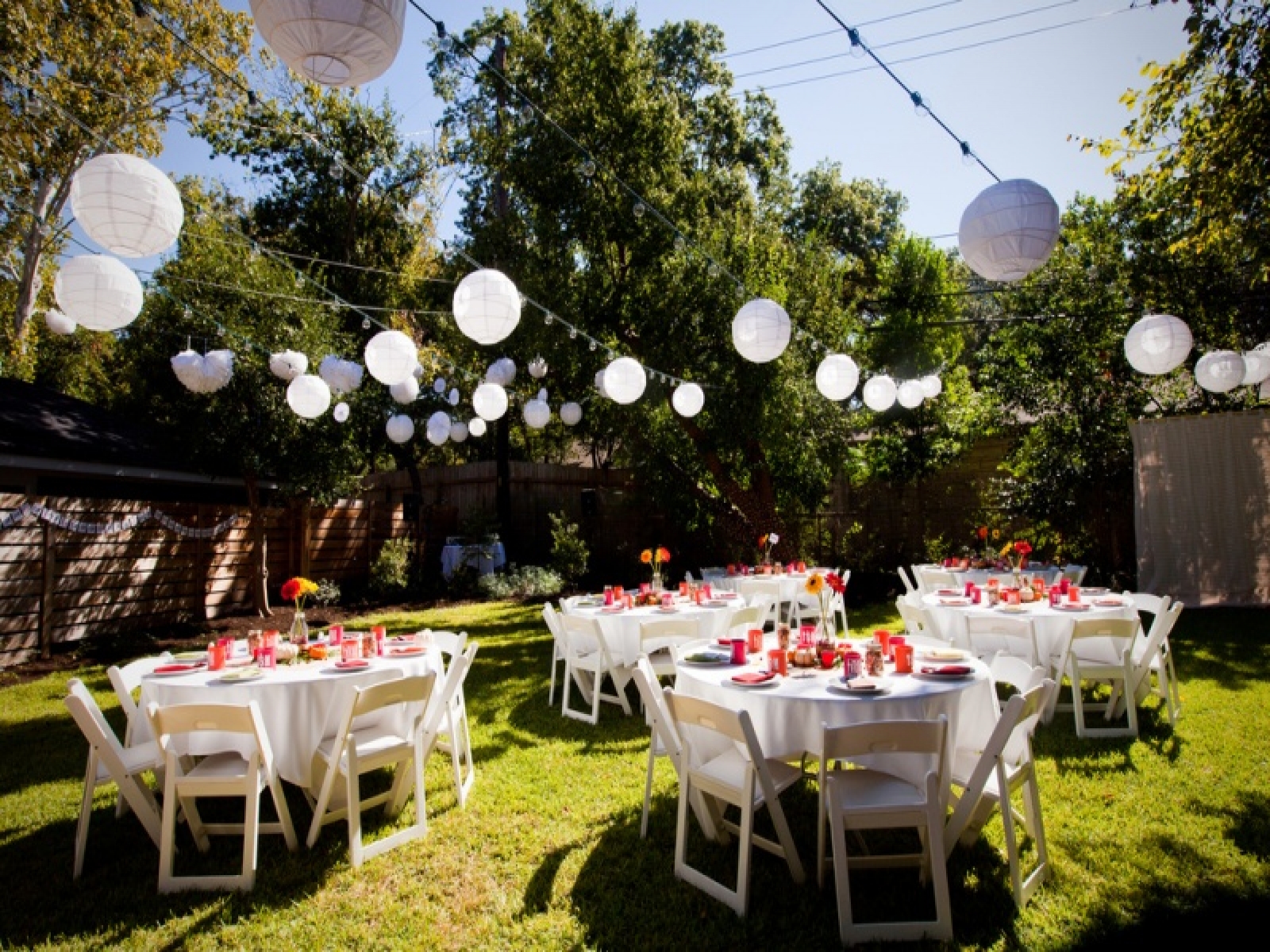DIY Home Staging

You’ve taken the plunge, and put your home on the market. How do you stage it for potential buyers, and keep it looking great while living your day-to-day? Follow this guide for some practical ideas.
-
1. Look at your front entry closely. Paint porch rails and columns, and your front door, if necessary. Replace the door, if necessary.
-
2. Landscaping is extremely important for first impressions--clean out the flowerbeds, put down some new mulch and fresh plants, if the time of year is right.
-
3. Get rid of clutter and anything that isn’t necessary. Go ahead and pack these things for your potential move so you’ll have one less thing to do when the time comes.
-
4. Clean out closets, and throw away, give away or store anything that you’re not using or haven’t used in six months. Buyers will look in closets and cabinets to see how much storage is available.
-
5. Clean, clean, clean. Your home needs to be spotless, but once it’s done, it’s easy to keep clean for realtor showings. If you don’t have time, consider hiring a cleaning agency.
-
6. Using decorative containers to store things that you need while living in your staged home is a great way to hide extra clutter. Totes, benches with storage, and inexpensive shelving with baskets are great ways to hide your can’t-live-without things.
-
7. Rearranging furniture to make rooms appear larger is a huge plus--even taking out lesser-used pieces makes a big difference in how open your rooms will look. If you’re unsure of this step, ask your realtor for the name of a decorator who specializes in rearrangement and using what you have to improve the space.
-
8. If your decor is bold and bright, go ahead and give the walls a fresh coat of neutral paint colors.
-
9. You don’t need to purchase new furniture once you’ve toned down the wall paint--slipcovers are an inexpensive way to make your pieces look like new.
-
10. Remove personal artwork/photos from your walls and replace with mirrors, inexpensive prints of landscapes or animals.
Once you’re ready for your realtor to schedule showings, give everyone in the house a responsibility schedule, and stick to it. Be diligent about keeping furniture dusted, floors vacuumed, countertops wiped off, and dishes stashed in the dishwasher. If you just take out an extra twenty minutes every evening or morning, your home will impress your potential buyers.
Courtesy of New Castle County DE Realtors Tucker Robbins and Carol Arnott Robbins.
Photo credit: http://styledstagedsold.blogs.realtor.org/
.png)
(3).png)
.png)
.png)




.png)
(2).png)







